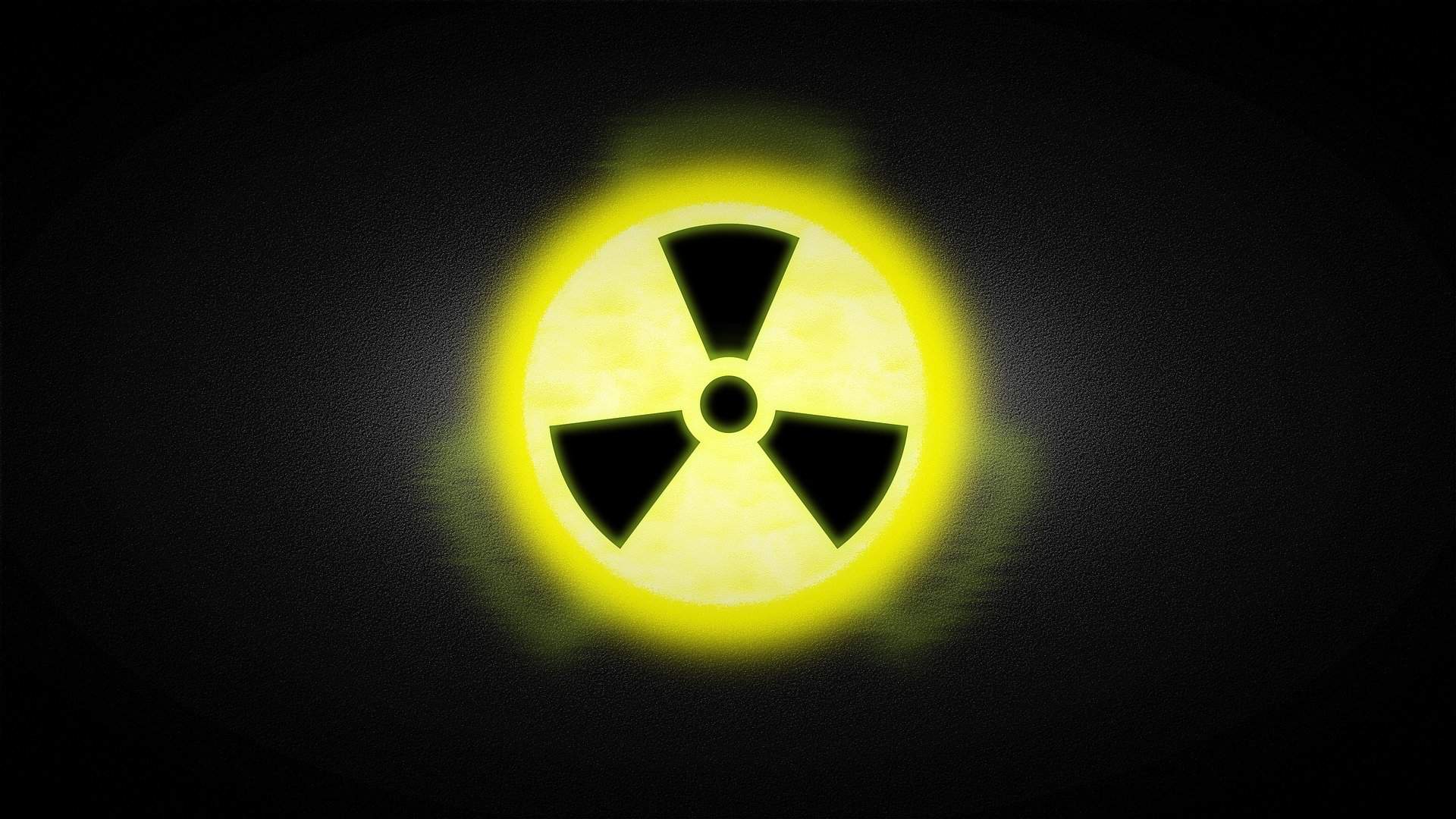Cause for concern? – Nuclear waste stored in plastic bags in Hungary

Authorities are currently working on establishing safer conditions for the storage of the material which dates from the 1960s and ’70s.
As atlatszo.hu writes, it was in 1957-58 that the first “isotope cemetery” was built in Solymár, just outside of Budapest. Its construction carried out in total secrecy, it was meant to store radioactive waste that originated from the experimental reactor of Csillebérc, which is still in use today for research purposes. The storage site in Solymár was rather simple in its structure: it consisted of sealed steel or concrete tubes (sources differ) lowered into the ground, which held the radioactive material.

In the 1970s, another storage facility was established in Hungary, just outside of Püspökszilágy, a village situated about 50 kilometres away from Budapest. It was designed to contain low- and intermediate-level radioactive waste coming from anywhere but reactors. That includes, for example, various processes within the domains of agriculture and medicine, as well as research and education. Towards the end of 1976, the containers in Solymár were dismantled due to their small capacity and rudimentary technology. Their contents were transferred to the much larger site in Püspökszilágy, a part of them simply loaded into plastic sacks. This is the very same radioactive material whose presence led to a number of terrifying rumours,
such as high levels of background radiation and isotopes seeping into the groundwater,
which atlatszo.hu and Energiaklub set out to investigate in 2019.
Here is what they found: as even RHK, the company responsible for nuclear waste disposal in Hungary, acknowledged, some of the waste contained isotopes with a longer half-life which, according to the current safety regulations, should have only been stored there temporarily, if at all. The plastic sacks also proved dangerous: there was a report of one incident when workers attempted to move a plastic sack filled with radioactive dust from one metal barrel to another: the sack ripped open, its contents spilling onto the ground. All three employees present who attempted to clean up the dust suffered a high dose (284/101/54 mSv) of radiation. For comparison, the average person is subjected to a yearly dose of 3 mSv. Finally, they found proof that levels of isotopes tritium (3H) and radiocarbon (14C) had been increasing in the groundwater, according to measurements taken on site.

While RHK stated that they were aware that locals could come into contact with the radioactive material when building roads or houses, both their board of directors and outside experts attempted to quell locals’ worries about the storage facility. RHK has initiated a “security-increasing program” which includes sorting, compacting, and repackaging nuclear waste in order to decrease its hazard level. As atlatszo.hu reports, they have also decided to transfer some of the repackaged waste to the newer and more secure storage facility in Bátaapáti, which is where the low-and intermediate-level waste of nuclear reactors is kept. This transport process is expected to begin this year; however,
it could take 15-20 years to repackage all the nuclear waste which may not be stored correctly due to the long time that has passed since it was deposited.
As for the groundwater, scientists pointed out that both tritium and radiocarbon are naturally occurring isotopes, posing no health risks at the levels currently measured. Nevertheless, Orsolya Fülöp, an expert on the topic and member of Energiaklub, warned that there was no telling how tritium levels could change in those 15 to 20 years.
The plastic bags of nuclear waste in Püspökszilágy are not the only problem: as hvg.hu highlighted, there is currently no long-term storage facility for high-activity nuclear waste, such as spent fuel rods, anywhere in Europe. There are plans for constructing one in Hungary; they are currently searching for the most appropriate location. The structure is planned to be built between 2030 and 2064, just in time for the decommissioning of the power plant in Paks.
Source: atlatszo.hu, hvg.hu


